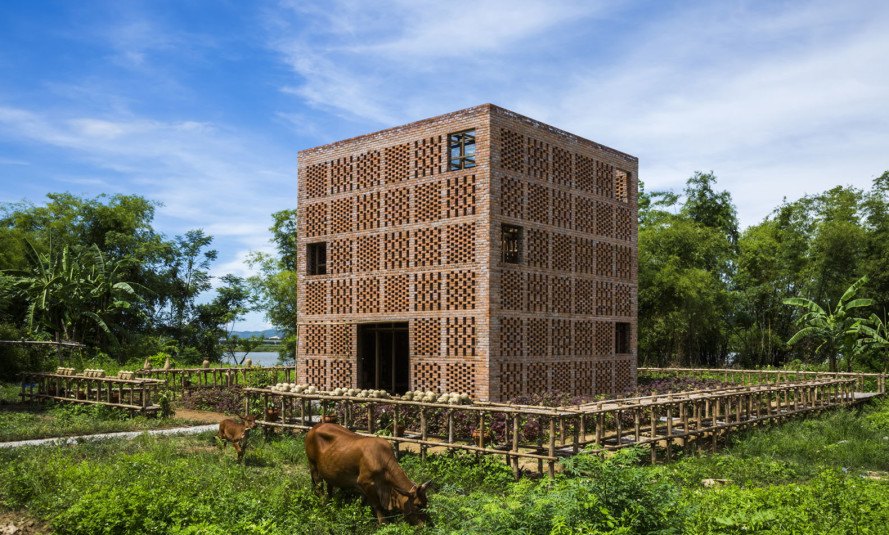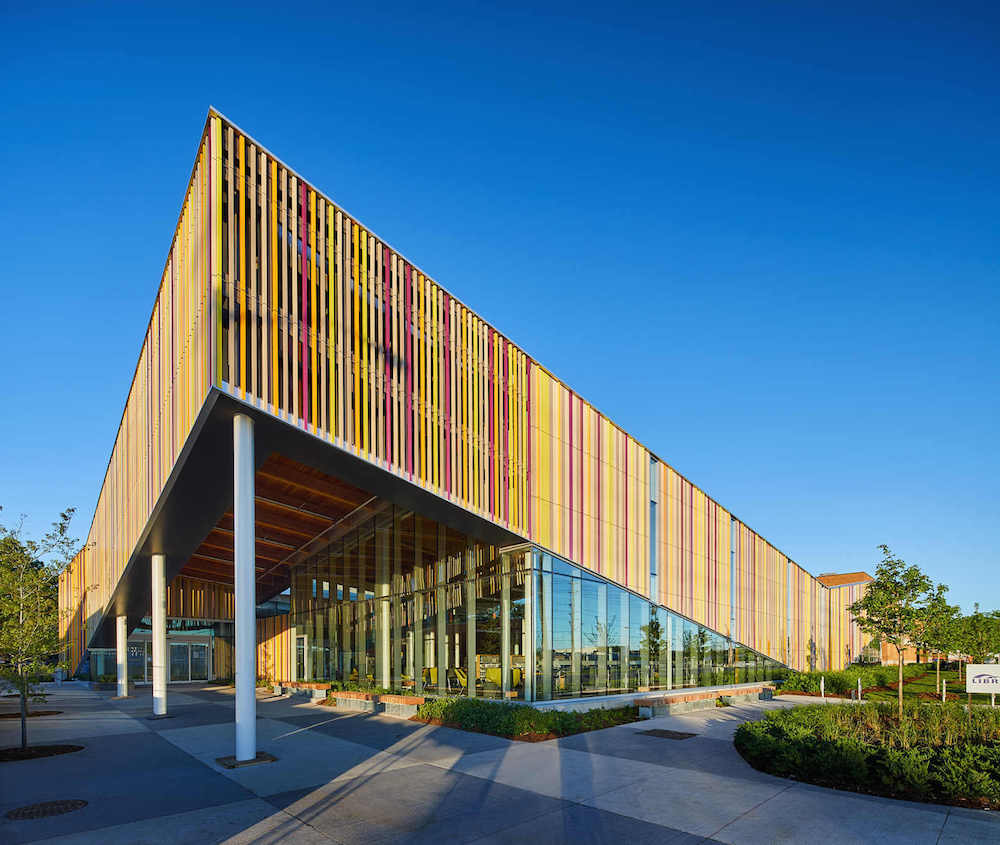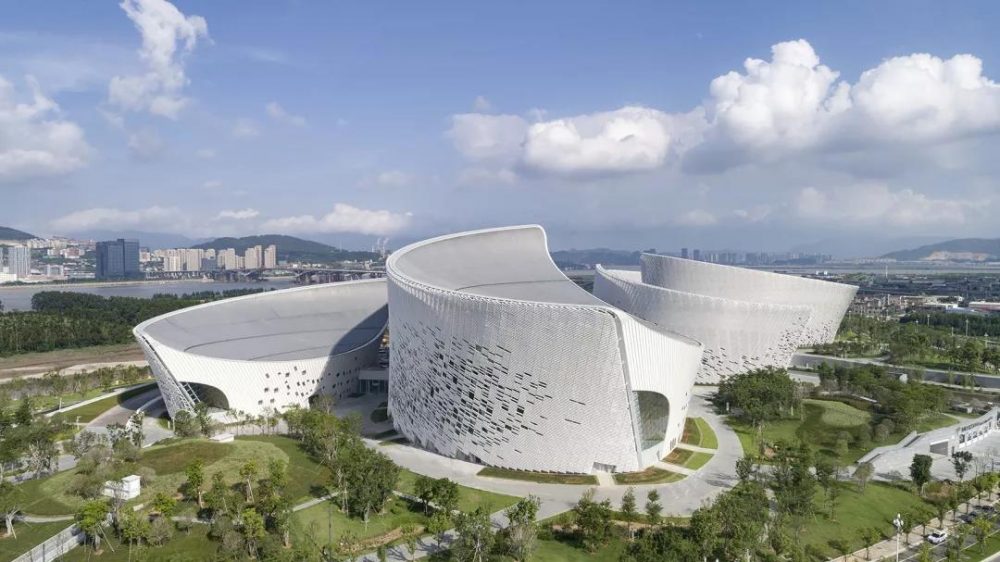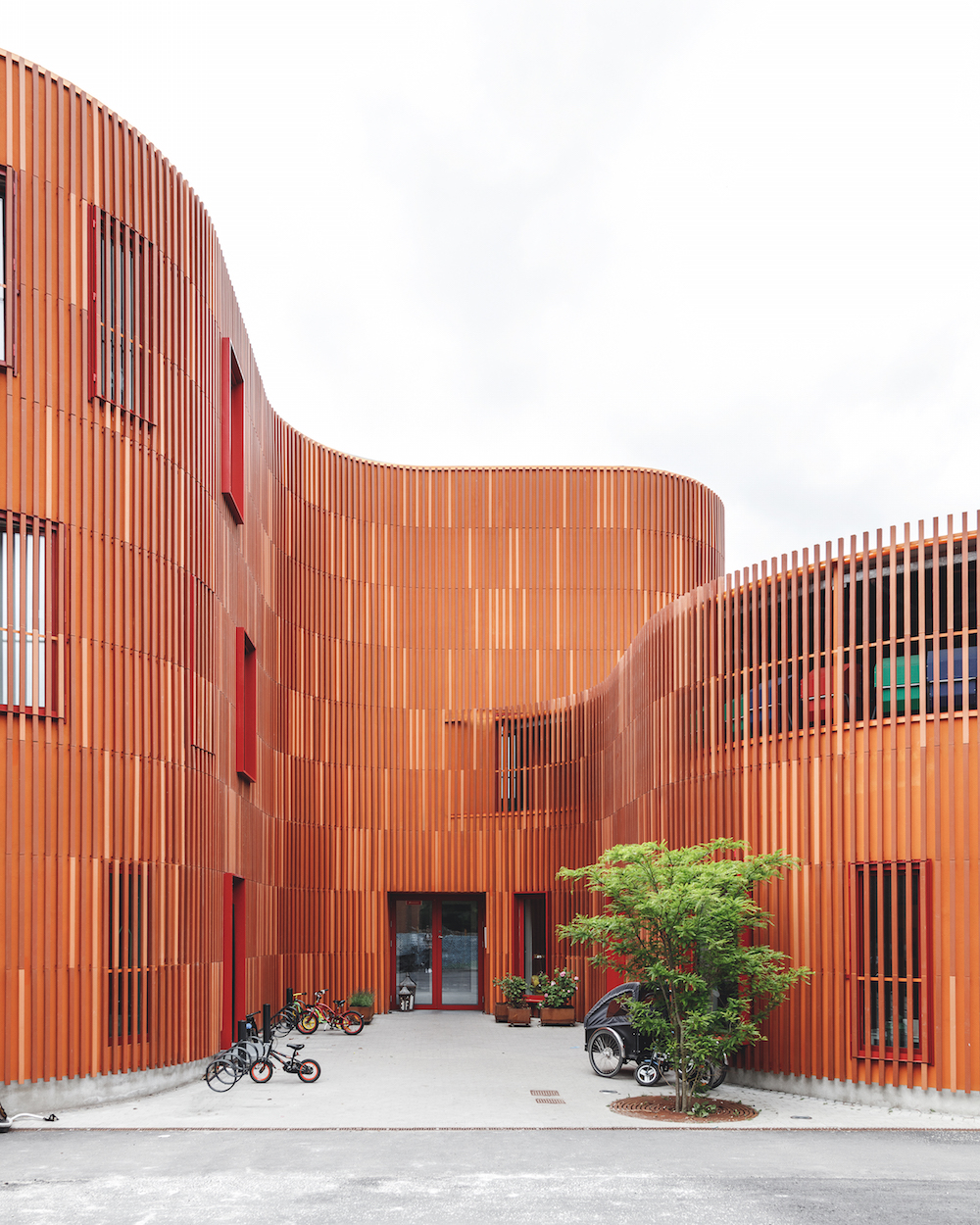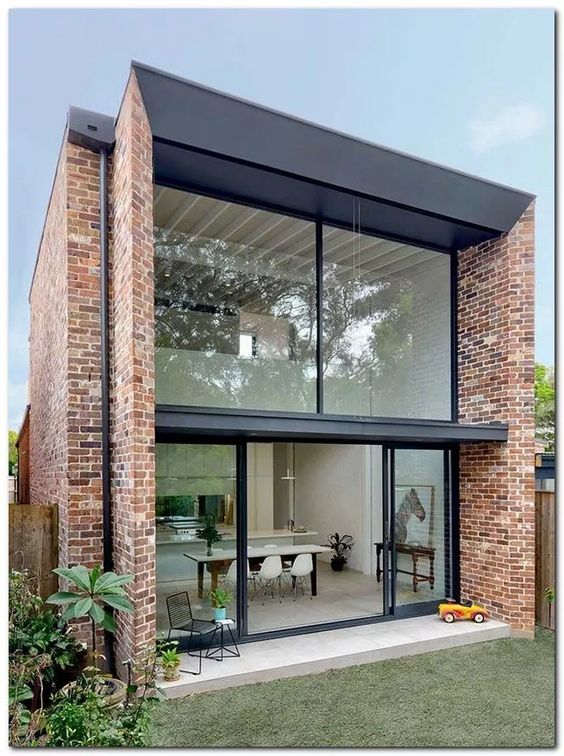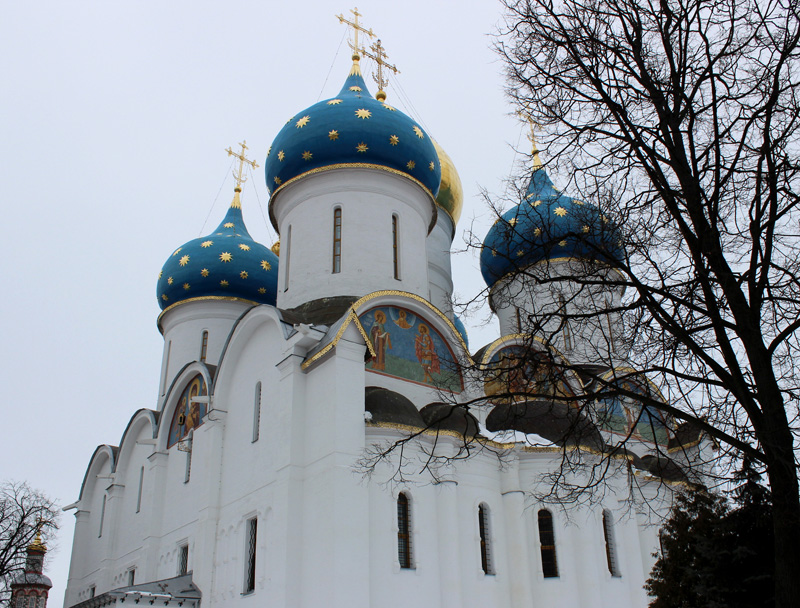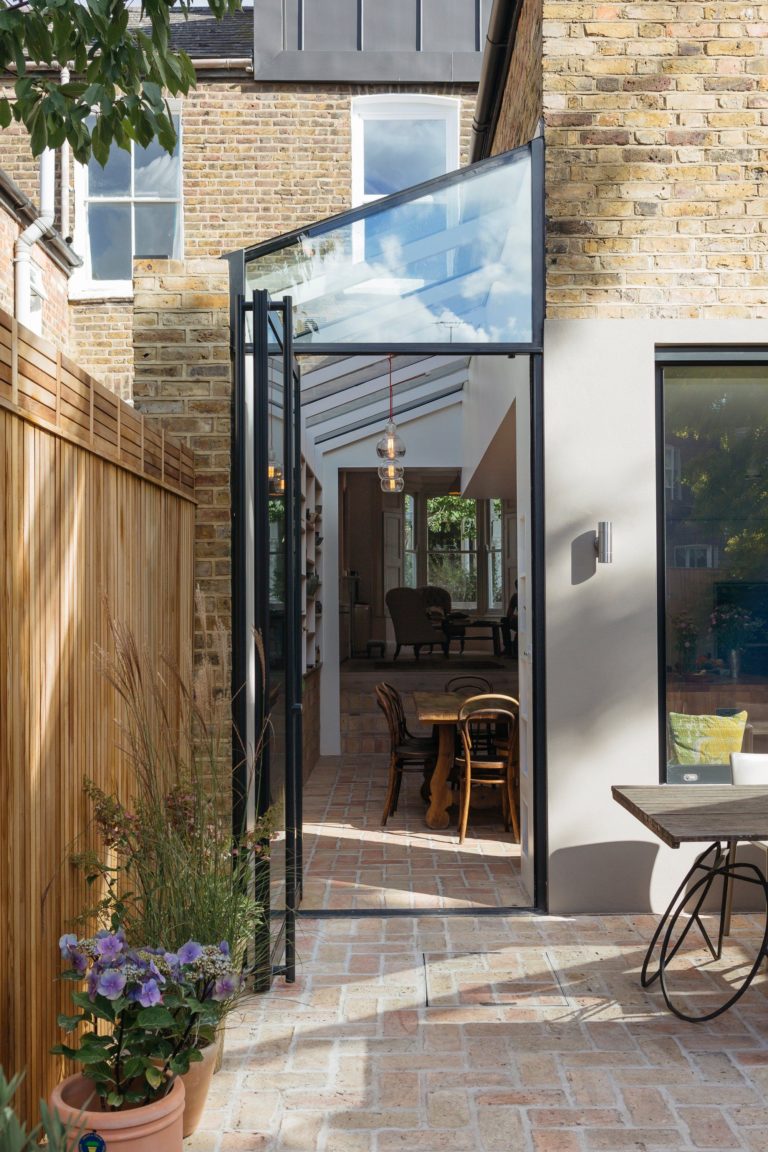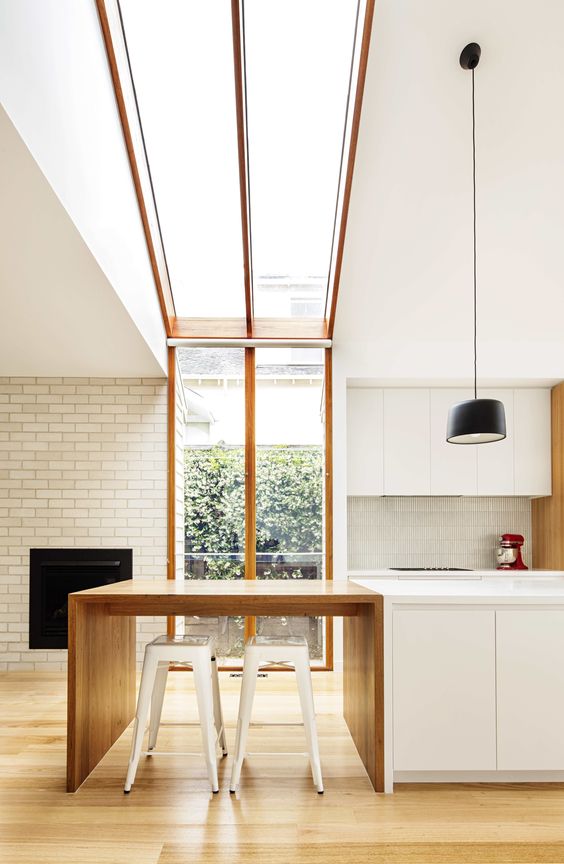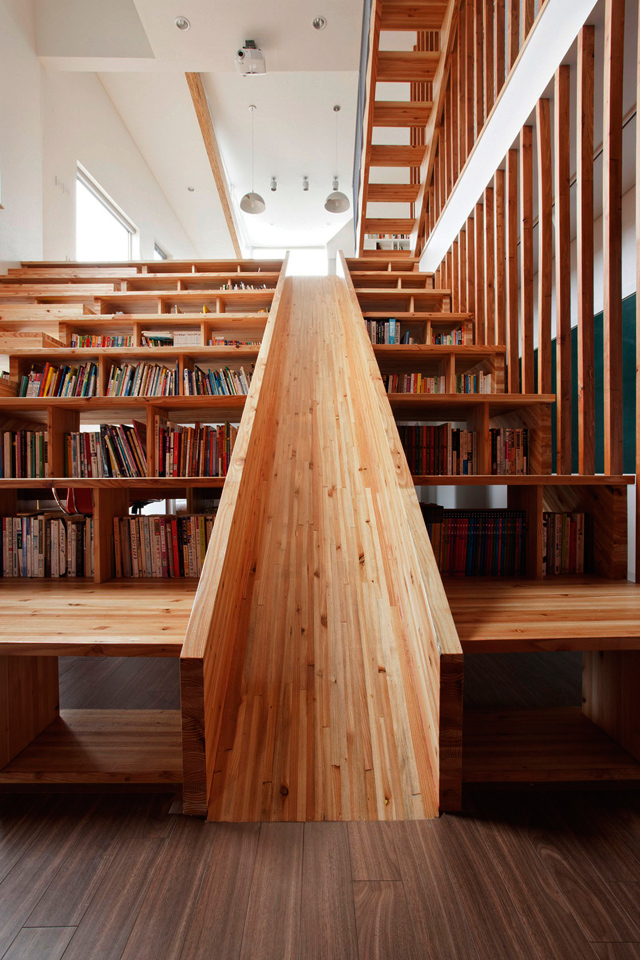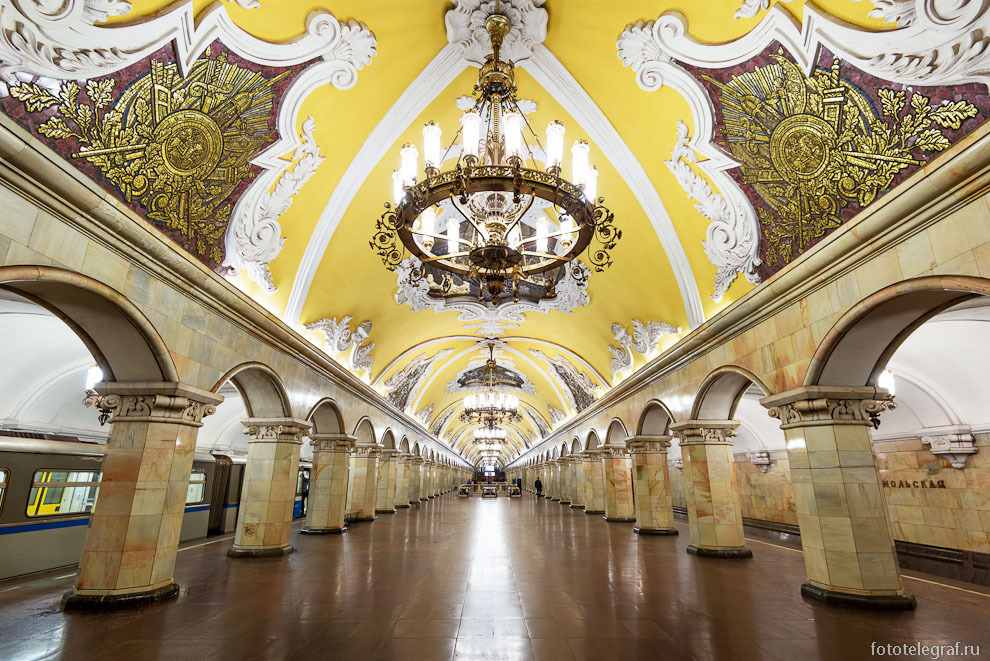Architectural Terracotta – Ancient Material For Modern Times
As the effects of the earth’s changing climate become more pronounced, it is clearer than ever that we need to change the way we do things, including the way we build. However, we do not need to wait for scientists and engineers to develop new building materials, because one of the oldest, namely terracotta, can play a key role in the designs of the future.
Terracotta is durable, sustainable, low-maintenance, and it can help lower buildings’ energy consumption. What’s more, when it has served its purpose it can be recycled. Not too bad for one of the oldest building materials known to humanity.
The Test Of Time
A clay-based ceramic, terracotta is one of the oldest building materials still in use. It is truly ancient, and as a building material, it is predated only by wood, stone, and sun baked mud bricks.
Human beings first used the material to make household goods and artworks, but its potential as a construction material was realized quickly. Terracotta formed part of buildings in Babylon, Greece, Rome, China, and other parts of Asia. Despite the early use of architectural terracotta in Europe and the Middle East, it fell out of favor in the West for centuries, while its use flourished in Asia.
Westerners gained a new appreciation of the material toward the end of the 1800s; something that continued into the first decade of the 1900s. Some of the finest examples of architectural terracotta were built during that time, including buildings such as Birmingham’s Bell Edison Telephone Building, Chicago’s Wrigley Building, New York City’s Flatiron Building, and Seattle’s Arctic Club Building. Every one of those magnificent edifices features terracotta cladding that, after a century or more, can be said to have stood the test of time.
Stunning Modern Examples
Stunning examples of the use of terracotta in architecture are not limited to buildings that were built 100 years ago. Modern examples showcase not only its aesthetic qualities, but also its value as a green, energy-efficient material.
The Studio EspacioTropical-designed Terra Cotta Studio of Vietnamese artist Le Duc Ha is one of examples, albeit rather humble in size. The building, constructed with terracotta bricks, is cube-shaped, and measures 7m x 7m x 7m. The placement of the bricks created ventilation holes that, when viewed from afar, give the building a wickerwork appearance.
Featuring a vibrantly colored wraparound sunscreen, the Albion District Library in Canada is another powerful example of terracotta in modern building design. The library, designed by Perkins + Will, opened in 2017, and replaced the previous facility which had been designed and built in the 1970s. The screen was constructed using terracotta baguettes, isolation boards, and unglazed bars, and it not only protects the building from direct sunlight. It also led to a 40% reduction in the library’s energy use.
Designed by Pekka Salminen of PES-Architects, the Fuzhou Strait Culture and Art Centre in China was completed in 2018. The design was inspired by a jasmine blossom, and it features five main buildings linked by a hall and a terrace. Each building has a sunscreen of glazed white terracotta baguette louvers, and each building’s façade features cladding of white terracotta panels. The overall visual effect makes the center the most awe-inspiring of the modern examples listed here.
Italy’s Nembro library includes a restored former school building built in 1875, and a modern building that features a metal and terracotta screen that looks like bookshelves. The two buildings are connected via a basement. The project was designed by Archea Associati, which was approached by the Nembro City Council, when the council decided to repurpose the disused school building. The terracotta ‘books’ on the screen shade the modern library building, which has large windows. The ‘books’ are moveable, and when viewed from inside, feature the name of the town.
Points To Consider
There are several points to consider if you are thinking about using architectural terracotta in your building project. When deciding on cladding, you should think about whether you want panels or a rainscreen. You also should consider aesthetics such as glazing, colour, shapes, and texture, as well as durability, thermal performance, and maintenance.
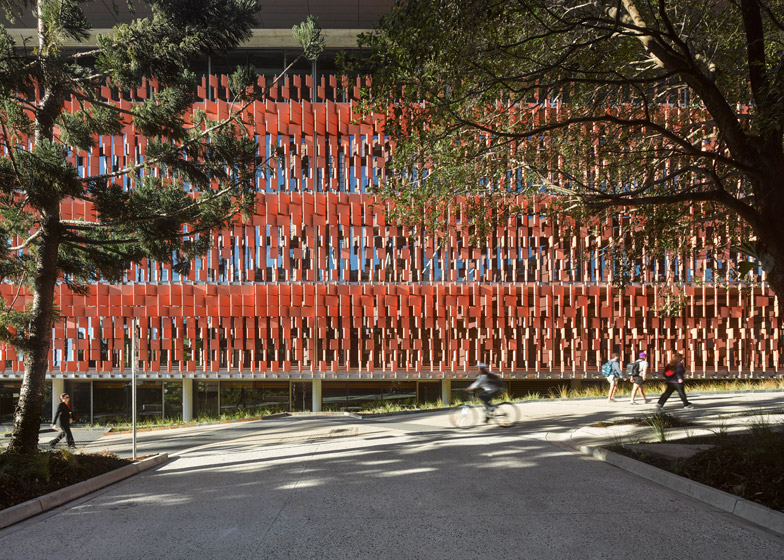
Cladding
According to ceramic engineer Christian Lehmann, panels can be strengthened by bonding terracotta to precast concrete. They are generally a cheaper option, but one that still offers some freedom when it comes to design and finish.
Rainscreens, which are terracotta panels or baguettes hung on structures of aluminum or other metals, are the more popular option. They are customizable and they offer protection from direct sunlight, wind, rain, and snow.
Aesthetics
When many people think of terracotta, they think of it as being reddish-brown in color, but that is certainly not always the case. Depending on the color of the clay used in its making, its natural hues can also include creams and greys. However, pigments can be added to produce a variety of colors.
The long-lasting colors of unglazed terracotta are achieved by mixing various clays before firing. Glazing offers a greater variety of pleasing colors, as well as various opacities, and gloss or matte finishes. The material also offers the possibility of textured finishes as well as three-dimensional shapes.
Durability
Architectural terracotta is durable, and it weathers well. The historical buildings mentioned above all demonstrate the strength of the material even when exposed to the elements as well as the chemical pollutants and grime of large cities.
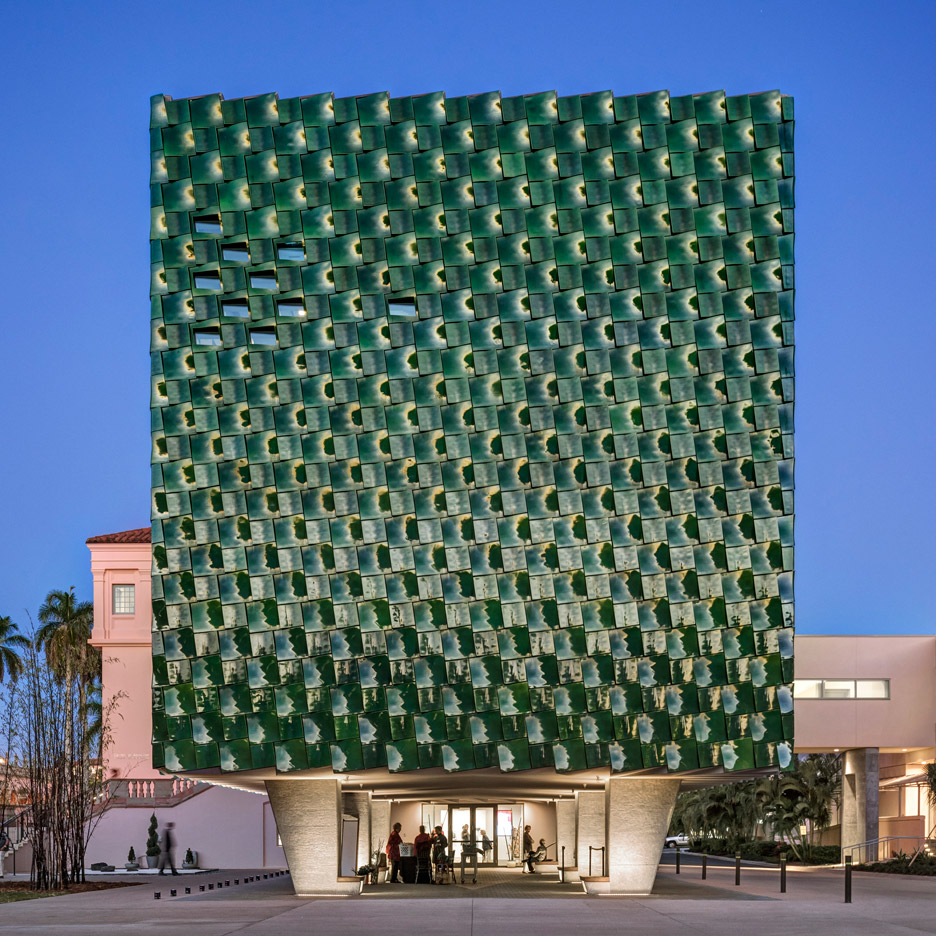
Thermal Performance
By protecting a building from sunlight, rain, wind, and snow, a terracotta rainscreen or cladding can help improve its thermal performance. It will take less energy to cool and to heat the building, ultimately reducing its consumption, as illustrated by the example of the Albion District Library mentioned above.
Maintenance
Terracotta naturally produces ions that repel grime, which means it requires no real effort to maintain. While some dust and grime will accumulate over time, it usually does not require much more than a power wash once a decade to keep it looking as good as new.
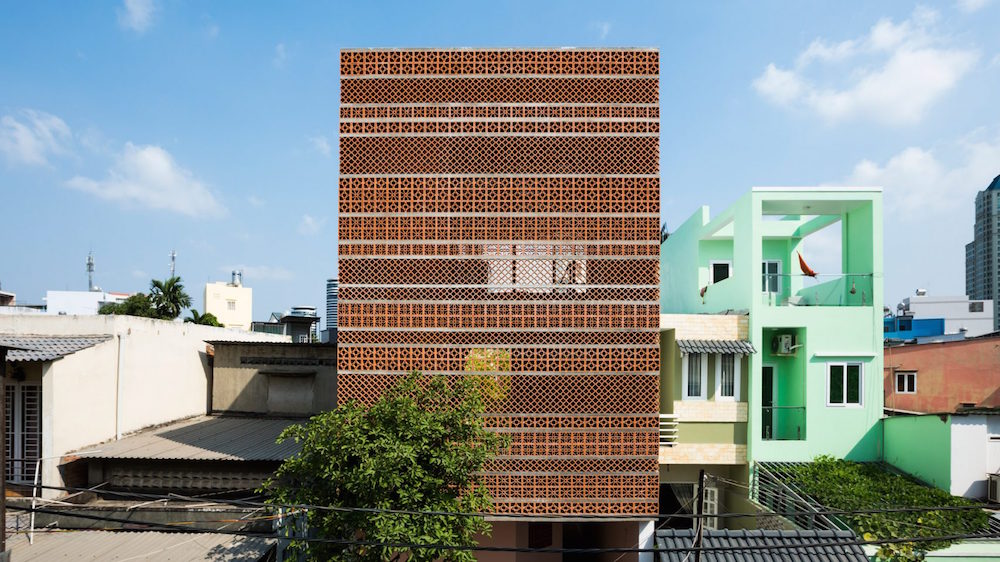
In Retrospect
Terracotta has so much to offer, and despite being used in several architectural masterpieces it has been somewhat ignored in the Western world. However, as it is both aesthetically pleasing and environmentally friendly, it may well become more popular in time to come.

